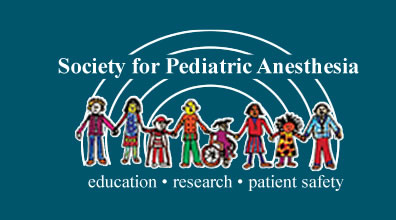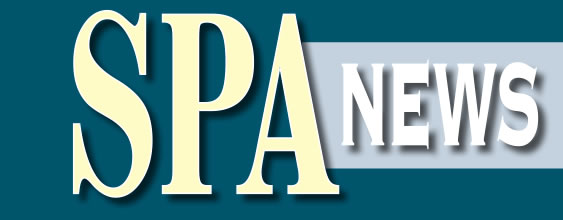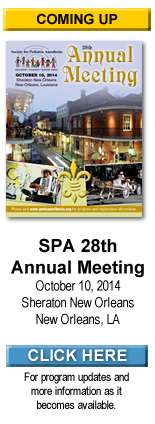Resolving to Focus on Strengths
I’m a soccer dad. As has become the norm for our family, many summer weekends are spent at my daughter’s soccer tournaments, watching and encouraging her team from the sideline. For you, maybe it’s another sport or music recitals, art exhibitions… perhaps there’s a favorite professional team you watch.
What I’ve noticed about myself is that I find it hard not to focus on the things my daughter could have done better during the match. She should have been more physical in winning possession or more vocal in encouraging her teammates. I’m less likely to appreciate the strengths in her game; her tactical awareness and her crisp, accurate passing.
This is just a personal example of what Tom Rath, in his book Strengthfinder 2.0 (Gallup Press 2007) describes as a global obsession: a relentless focus on people’s shortcomings. Another example would be students harangued to work on their weakest school subjects rather than developing and excelling in their strongest subjects.
Once we reach our working years, the cost of not focusing on our strengths leads invariably to emotional disengagement from our jobs and, unfortunately, creating strength-based workplaces is rare throughout the world. Consequently, many of us miss the opportunity to do what we do best every day. Many (most) of us are spending too much time and energy focusing on our weaknesses. The good news, according to Rath, is that decreasing disengagement and negativity may be easily reduced simply by focusing on our strengths… and helping those around us to do so too.
Rath identifies 34 talents (ways of thinking, feeling or behaving) that multiplied by investment (time spent practising, developing our skills and knowledge base) become these personal strengths. They last for a lifetime, but often go untapped.
So, I’ve committed to learning about my talents and, where necessary, adapting my focus and energy to turn them into strengths.
I can’t ignore my weaknesses, however, but can implement compensatory strategies (an electronic calendar for the “organizationally-challenged”, perhaps) or partner with someone talented in the areas I’m weak. I hope to be better at recognizing my colleagues’ and coworkers’ talents and to encourage them to do what they do best.
And my daughter? Well, you can ask me at the upcoming annual SPA meeting in New Orleans on October 10th whether I’m having success on the sidelines too.
In this newsletter, Jim Fehr, program chair, entices with a compelling argument for why you should join us there. Or you can read another great global health article from the society’s Committee on International Education and Service. For journal review, the topic of malignant hyperthermia is addressed. Did you know that the journal, Pediatric Anesthesia, has an iPhone/iPad app?
Finally, I hope this edition of SPA News marks the beginning of a recurring feature titled “Outside the Operating Room”. It’s an opportunity to share your talents with us. Tell us what you enjoy doing when you aren’t at work. We kick off with a pediatric cardiac anesthesiologist learning firsthand what living with hypoxia is all about.
Enjoy and see you in New Orleans.



